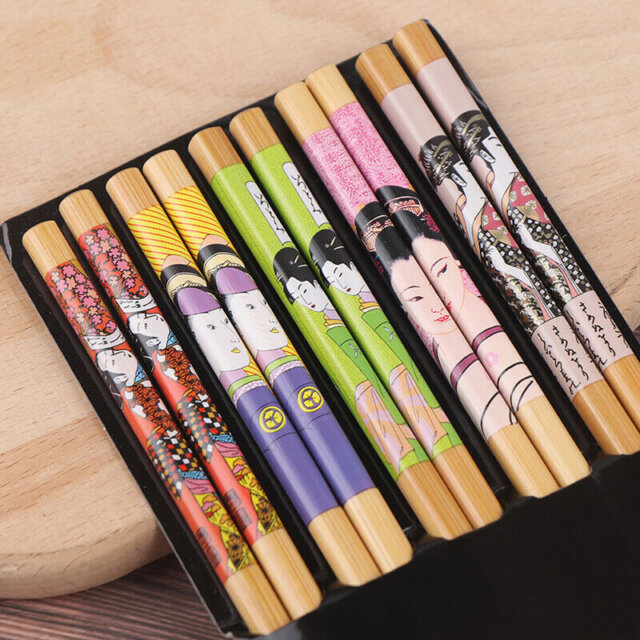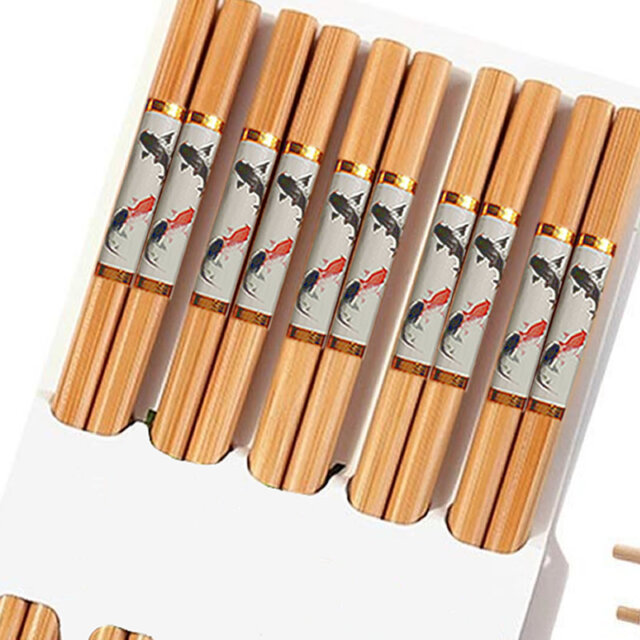Soba Noodles 101: Understanding the Differences Between Zaru Soba, Mori Soba, and Seiro Soba
Soba noodles are a staple in Japanese cuisine and are enjoyed in a variety of dishes. They are made from buckwheat flour, which gives them a unique nutty flavor and a slightly chewy texture. However, not all soba noodles are created equal. There are several types of soba noodles, but three of the most popular are zaru soba, mori soba, and seiro soba. Each type of soba noodle has its own unique characteristics, and understanding the differences between them can help you choose the perfect noodle for your meal.
Table of Contents

In this article, we’ll take a closer look at zaru soba, mori soba, and seiro soba, exploring their origins, unique features, and the best ways to enjoy them in your soba noodle trays. Whether you’re a soba noodle connoisseur or simply curious about this delicious and nutritious ingredient, this guide will help you expand your knowledge and appreciation of Japanese cuisine.
Seiro Soba Compared To Zaru Soba Noodles
Seiro soba and zaru soba are two popular types of soba noodles in Japanese cuisine. While both are made from buckwheat flour and have a similar appearance, there are some key differences between the two. Seiro soba is typically served hot, while zaru soba is served cold. Seiro soba is also served with a hot dipping sauce, while zaru soba is served with a cold dipping sauce.
In terms of texture, seiro soba is slightly thicker and chewier than zaru soba, which has a thinner and more delicate texture. This is because seiro soba is often cut wider and thicker than zaru soba. Another difference between the two is the way they are presented. Seiro soba is often served on a bamboo mat or in a wooden box, while zaru soba is served on a bamboo tray with a dipping sauce bowl on the side.
Ultimately, the choice between seiro soba and zaru soba comes down to personal preference. If you prefer a warm and hearty meal, seiro soba may be the way to go. If you’re looking for a refreshing and light dish, zaru soba may be the better option. Either way, both types of soba noodles are delicious and nutritious, making them a popular choice in Japanese cuisine.
Mori Soba Compared To Zaru Soba Noodles
Mori soba and zaru soba are both popular types of soba noodles in Japanese cuisine. While they may look similar, there are some key differences between the two. Mori soba is often served in a bowl with hot broth, while zaru soba is served cold with a dipping sauce. The broth used in mori soba can vary, but it is typically made from dashi, soy sauce, and mirin.
Another difference between the two is the way they are presented. Mori soba is often served in a bowl with the noodles submerged in the broth, while zaru soba is served on a bamboo tray with the dipping sauce on the side. In terms of texture, mori soba is typically thicker and chewier than zaru soba. This is because the noodles are often cut wider and thicker than zaru soba.
Ultimately, the choice between mori soba and zaru soba comes down to personal preference. If you’re looking for a warm and hearty meal, mori soba may be the way to go. If you prefer a refreshing and light dish, zaru soba may be the better option. Either way, both types of soba noodles are delicious and nutritious, making them a popular choice in Japanese cuisine.
Zaru Soba Noodles
Zaru soba is a cold soba noodle dish that is served on a bamboo mat called a zaru. The soba noodles are cooked until they are firm, then they are rinsed with cold water to stop the cooking process and remove excess starch. The noodles are then placed on the zaru mat and garnished with sliced green onions, wasabi, and nori seaweed. A dipping sauce made from soy sauce, mirin, and dashi is served on the side.
Zaru soba is a refreshing dish that is perfect for hot summer days. The cold noodles and dipping sauce provide a refreshing and light flavor that is perfect for those who want a quick and easy meal. The dipping sauce can be adjusted to your taste, and you can add more wasabi or green onions for extra flavor.
Mori Soba Noodles
Mori soba is another traditional variation which is a popular cold soba noodle dish in Japanese cuisine that’s typically served as a light meal or snack. Unlike zaru soba, it’s served in a bowl, and the chilled noodles are accompanied by a dipping sauce made from soy sauce, mirin, and dashi. The dipping sauce can be adjusted to suit your taste, and additional toppings like sliced green onions or wasabi can be added for extra flavor.
In addition to being enjoyed on its own, mori soba is often served with small side dishes like tempura or pickles and other delicacies, making it a versatile and satisfying meal option. Its lightness and refreshing flavor make it a great option for hot summer days or as a post-workout meal.
Seiro Soba Noodles
Seiro soba is a hot soba noodle dish that is served in a woven basket called a seiro. The soba noodles are cooked until they are firm, and then they are placed in the seiro basket and steamed until they are hot. The seiro basket is then placed on a tray, and the noodles are served with a dipping sauce made from soy sauce, mirin, and dashi. The dipping sauce is usually served in a small bowl on the side.
Seiro soba is a hearty dish that is perfect for cold winter days. The hot noodles and dipping sauce provide a warm and satisfying flavor that is perfect for those who want a filling meal. Seiro soba can be served with a variety of side dishes, such as tempura or grilled fish.
Each type of soba noodle has its own unique flavor and characteristics, and knowing the differences between them can help you choose the perfect noodle for your meal. Whether you prefer a light and refreshing zaru soba, a hearty and warming seiro soba, or a simple and satisfying mori soba, there is a soba noodle dish that is perfect for your taste.
Understanding the Differences
In conclusion, zaru soba, mori soba, and seiro soba are three of the most popular soba noodle dishes in Japan. Zaru soba is a cold noodle dish that is served on a zaru mat and garnished with green onions, wasabi, and nori seaweed. Mori soba is a cold noodle dish that is served in a bowl and is often served as a light meal or snack. Seiro soba is a hot noodle dish that is served in a seiro basket and steamed until it is hot, and it is often served with a variety of side dishes.
Learn more about soba at WikiPedia.org or if you are interested in trays for your soba, view our collection of noodles trays.




